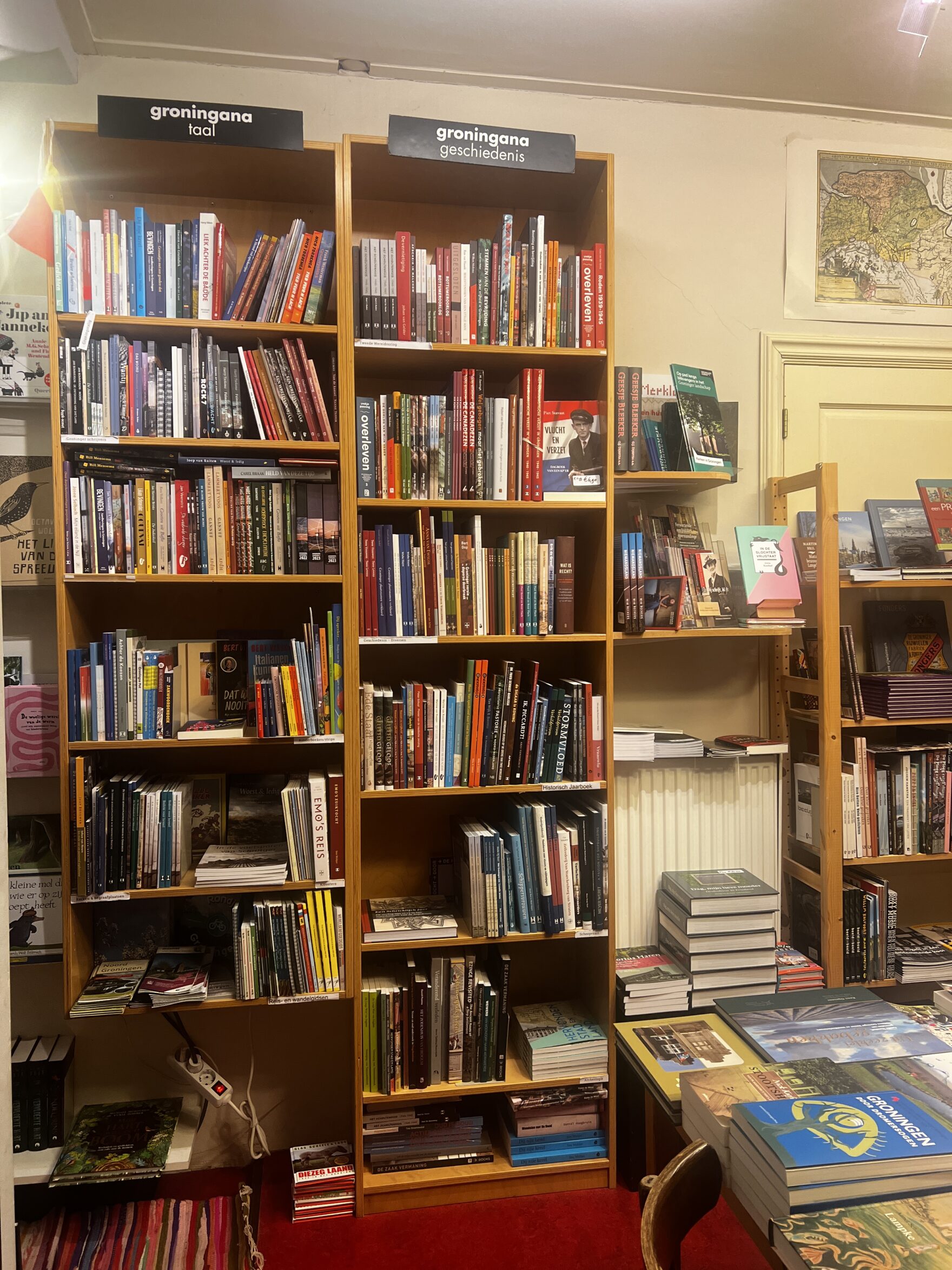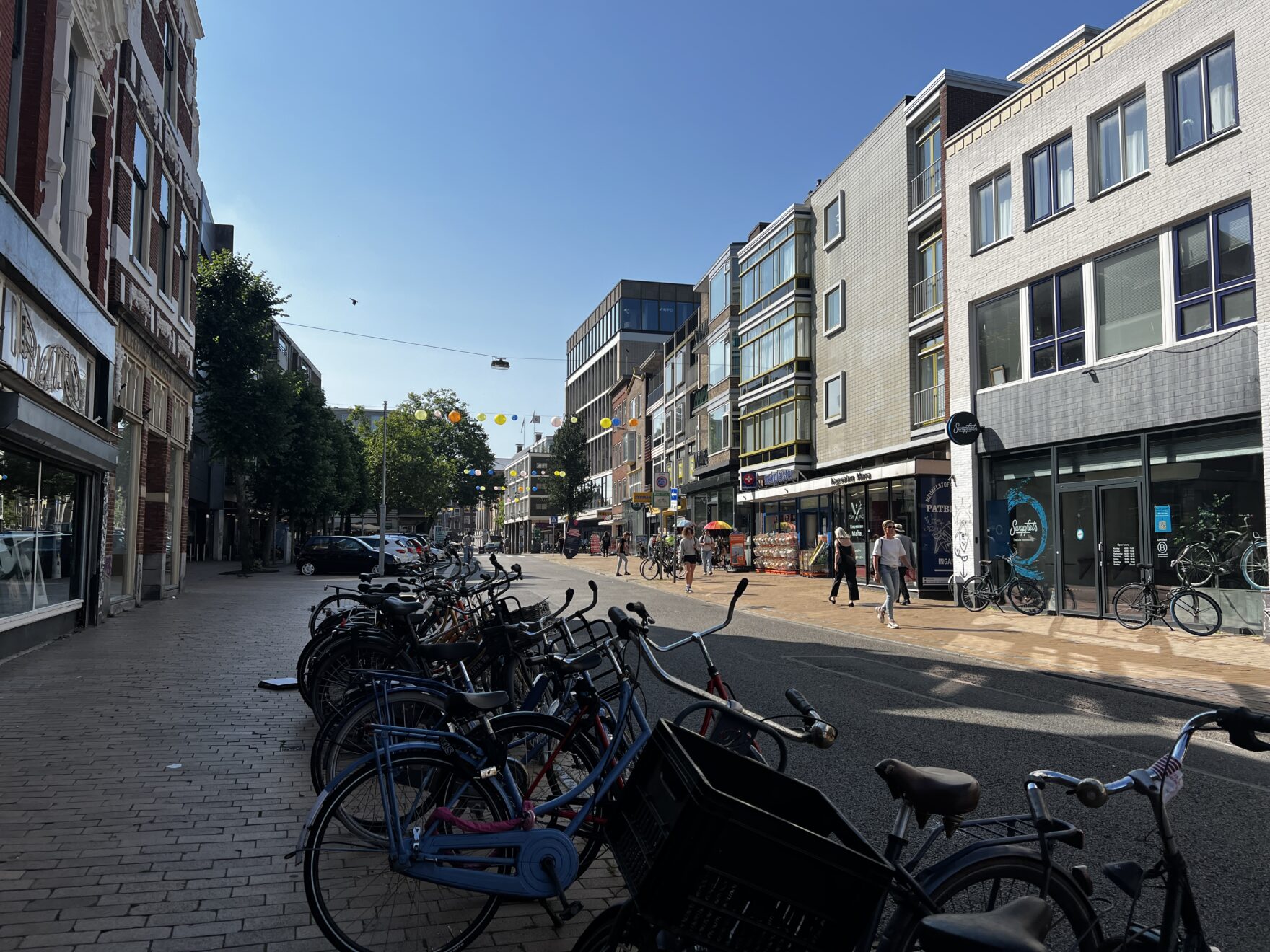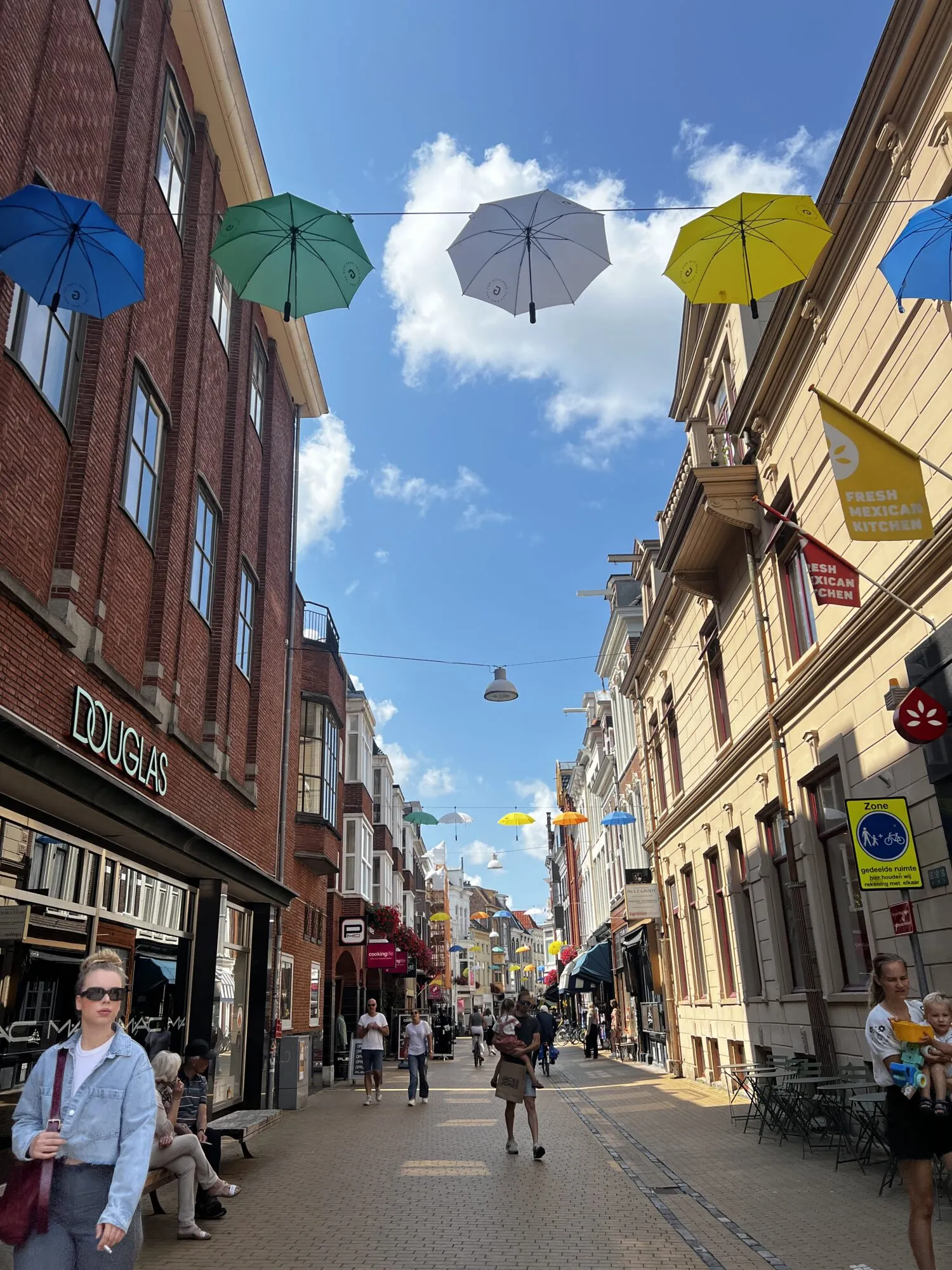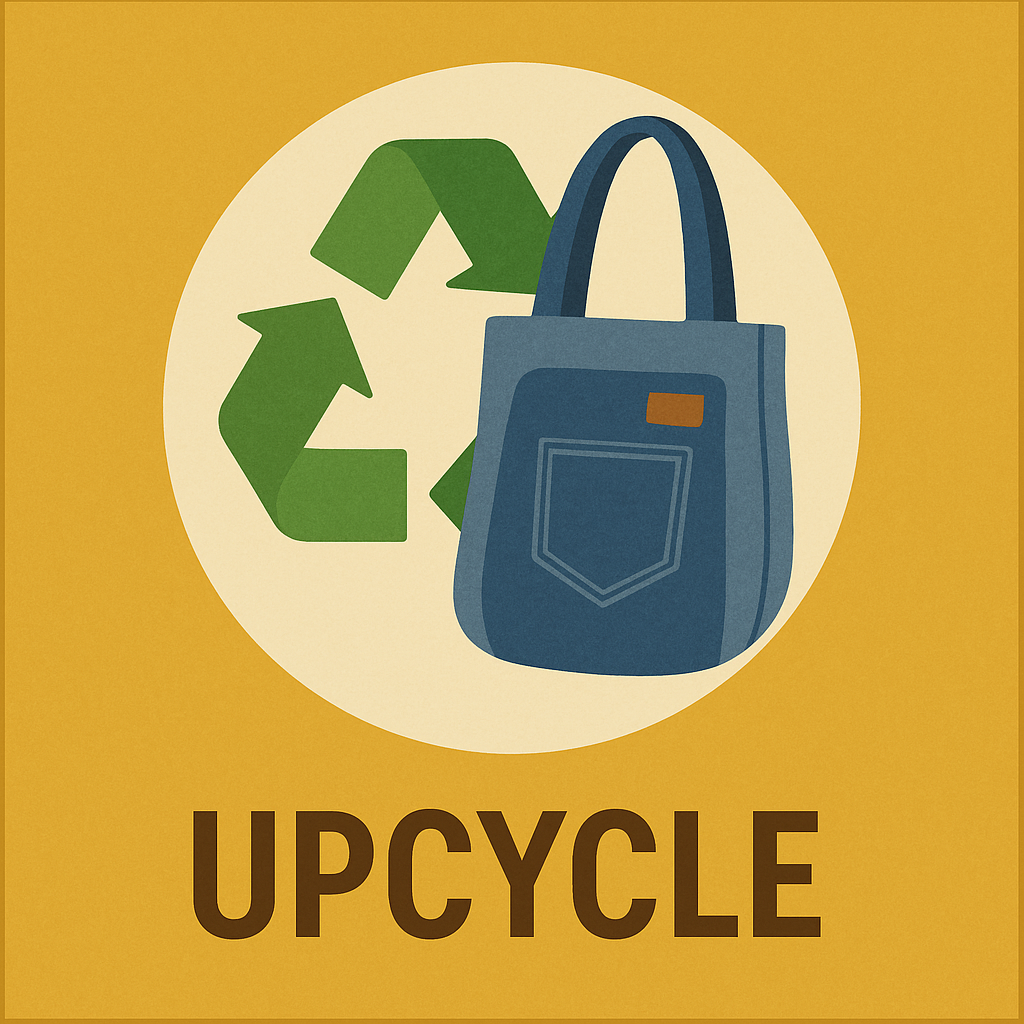I am Hitomi Kumasaka, editor-in-chief of Circular Economy.Tokyo (CE.T).This column delivers insights from my international research trips. This time, I want to explore the sustainability of regional cities.
The Challenge of Regional Revitalization in Japan
For 11 years, I worked on regional revitalization projects in the northeastern region of Japan. Many regional cities in Japan are facing population decline and urban decay, leading to the decline of once-bustling commercial streets that were once the heart of local communities.One major factor is the shift toward suburban shopping malls, which has drained customers away from traditional city centers. This creates a vicious cycle: fewer visitors lead to more closures, which further reduces foot traffic, ultimately hollowing out communities.
With these challenges in mind, my visit to Groningen this summer was a striking contrast. I was deeply inspired by what I saw.
Groningen is located in the northernmost part of the Netherlands and is approximately one and a half hours by train from the capital, Amsterdam. To the west, it faces the North Sea, while to the east, it borders Germany. The city has a population of 200,000 people.As mentioned in the previous article, Groningen's key industries include energy, technology, agriculture, and livestock farming. The outskirts of the city feature vast rural landscapes, where livestock graze freely.

In the 13th century, Groningen was a fortified city and a key commercial hub of the Hanseatic League. The city center is located within the remains of the fortified city, featuring tall towers and cobblestone streets.

As I walked through the city, I was astonished by its liveliness and prosperity. The word "prosperity" is often used in the context of sustainability. Its etymology traces back to "flower", referring to a plant growing branches and blooming abundantly. Over time, this meaning evolved to describe a city, region, or company that attracts people and thrives.
A sustainable city can be defined as one that maintains a state of flourishing
Why is Groningen thriving, even though it is not widely known as a tourist destination? One reason is the large student population. The city is home to two universities: the University of Groningen, known for its research, and the Hanze University of Applied Sciences, which focuses on practical education. Together, these institutions attract approximately 60,000 students, making Groningen the city with the youngest average age in the Netherlands.
However, when I visited, it was during the summer break, meaning the universities were not in session. Despite the reduced student presence, the city remained lively and vibrant. This suggests that the city's prosperity is driven by more than just its student population.
After exploring Groningen, I identified three key factors that contribute to its continued economic and social vitality.
Key 1. A High Presence of Locally-Owned Shops
One of the most noticeable aspects of Groningen is the scarcity of global chain stores. For example, Starbucks has only two locations—one at the station and one in the city center. Instead, small, independent cafes and restaurants dominate the scene, attracting both locals and visitors.This is not by accident.
When global brands try to enter Groningen, Residents actively resist large corporate chains to protect their community businesses.. Residents take pride in supporting small businesses, ensuring that money circulates within the community rather than being funneled to multinational corporations.

Similarly, ZARA and other global fashion brands are absent. While many of the local clothing stores are modest, they continue to survive thanks to the strong culture of supporting local retailers.

Key 2. Choosing Local Bookstores Instead of Online Shopping
Groningen stands out for its high number of bookstores—14 in a city of 200,000 people, an exceptional figure even by Dutch standards.


One of the most notable bookstores is Godert Walter, founded in 1935. Despite its small size, it has a steady stream of visitors.


I asked the co-owners why bookstores continue to thrive in Groningen:
"We used to have over 20 bookstores—this is actually a decline. But many young people, especially those in their teens and 30s, prefer buying books in stores rather than online. If the price is similar, they choose to support local businesses. Many feel that online shopping doesn’t align with their values."
Inside the store, young people and families with small children kept coming in, browsing through discounted books. There was also free coffee available for customers.
Certainly, Groningen is a student city, but I wonder—would bookstores attract this many visitors in a similar environment in Japan? It is something to think about. Interestingly, there were hardly any comic books in the store.


Another unique aspect is the abundance of Groningen-related books, covering history, architecture, and local culture. The commitment to preserving and celebrating local heritage is a testament to the city’s strong sense of community.

People in Groningen have a strong interest in their local community, and history books are particularly popular. Books on urban planning, featuring photographs of both old and new buildings, also stand out. I even purchased a book about the city center at half price.
These bookstore experiences highlight the deep local pride of Groningen’s residents. There is no doubt that having a strong interest in one’s hometown and choosing to buy locally instead of online are key factors contributing to the city’s prosperity.
Key 3. A Bicycle-First Society: Designing Cities for Cyclists
Perhaps the most crucial factor behind Groningen’s success is its bicycle-centric infrastructure.Despite being in the Netherlands—already famous for cycling culture—Groningen takes it a step further. Dedicated bicycle lanes are fully integrated into the city’s layout, and the downtown area is mostly off-limits to cars, encouraging cycling and walking instead.

This results in high urban mobility, allowing people to move around freely without worrying about parking. Cycling fosters an active, engaged community, where people casually stop by stores, cafes, and events as they move around.
In contrast, Japanese regional cities are deeply car-dependent. With one car per person being the norm, people prefer large suburban shopping malls with free parking rather than navigating downtown streets with limited parking options. This weakens urban centers and funnels spending into large corporate-owned malls instead of local businesses.
I tried getting around by bicycle myself, and it was truly comfortable—it made going out an enjoyable experience. Even outside the city center, the dedicated bike lanes made it easy to visit interesting spots. I rode through a spacious park, explored a university town a bit further away, and visited a free café, a community kitchen providing meals for those in need. It was a fulfilling and enriching experience.


The high mobility of bicycles encourages people to be more active, facilitates movement, and ultimately has a significant impact on regional revitalization. Additionally, from both a CO2 emissions perspective and a public health standpoint, the benefits of a bicycle-friendly society are substantial.On the other hand, car-dependent societies like those in many Japanese regional cities offer convenience but come at a high cost in terms of lost opportunities for community engagement and sustainability.
Since most regional cities in Japan are heavily car-dependent, rethinking urban planning to prioritize cycling infrastructure, as many European cities have done, could be a bold yet effective strategy for revitalizing city centers.
I hope to see Japanese city leaders take this challenge seriously and embrace the vision of a bicycle-first urban future.







